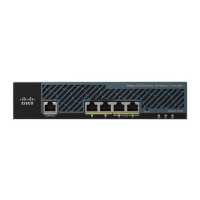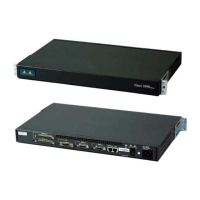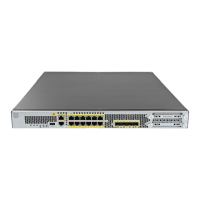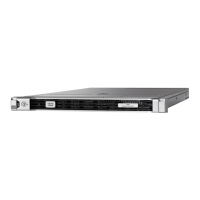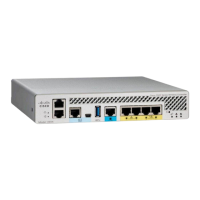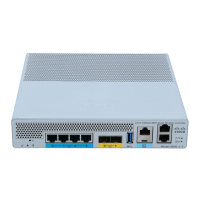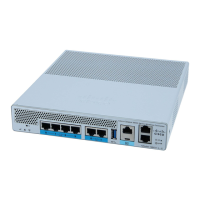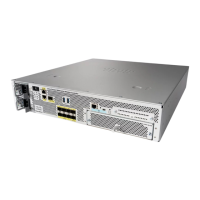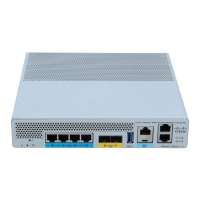D-35
Cisco Wireless LAN Controller Configuration Guide
OL-17037-01
Appendix D Troubleshooting
Using the Debug Facility
• CAPWAP payload 802.11 header ACL
–
Destination address
–
Source address
–
BSSID
–
SNAP header type
• CAPWAP payload IP header ACL
–
Source address
–
Destination address
–
Protocol
–
Source port (if applicable)
–
Destination port (if applicable)
At each level, you can define multiple ACLs. The first ACL that matches the packet is the one that is
selected.
Follow these steps to use the debug facility.
Step 1 To enable the debug facility, enter this command:
debug packet logging enable {rx | tx | all} packet_count display_size
where
• rx displays all received packets, tx displays all transmitted packets, and all displays both transmitted
and received packets.
• packet_count is the maximum number of packets to log. You can enter a value between 1 and 65535
packets, and the default value is 25 packets.
• display_size is the number of bytes to display when printing a packet. By default, the entire packet
is displayed.
Note To disable the debug facility, enter this command: debug packet logging disable.
Step 2 Use these commands to configure packet-logging ACLs:
• debug packet logging acl driver rule_index action npu_encap port
where
–
rule_index is a value between 1 and 6 (inclusive).
–
action is permit, deny, or disable.
–
npu_encap specifies the NPU encapsulation type, which determines how packets are filtered.
The possible values include dhcp, dot11-mgmt, dot11-probe, dot1x, eoip-ping, iapp, ip, lwapp,
multicast, orphan-from-sta, orphan-to-sta, rbcp, wired-guest, or any.
–
port is the physical port for packet transmission or reception.
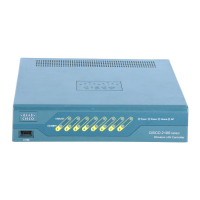
